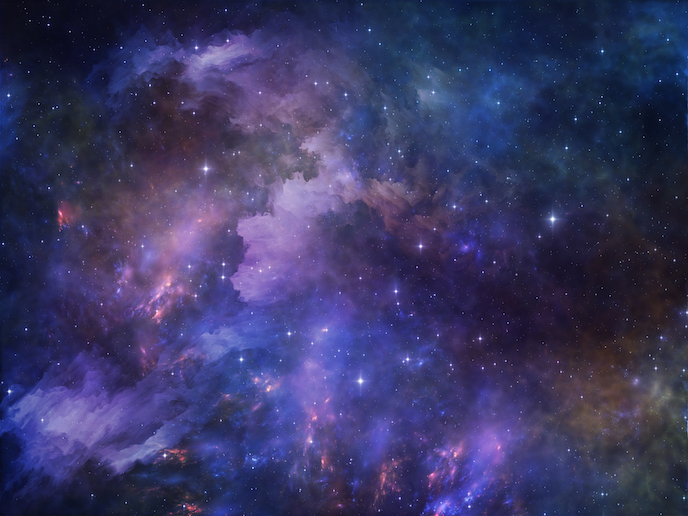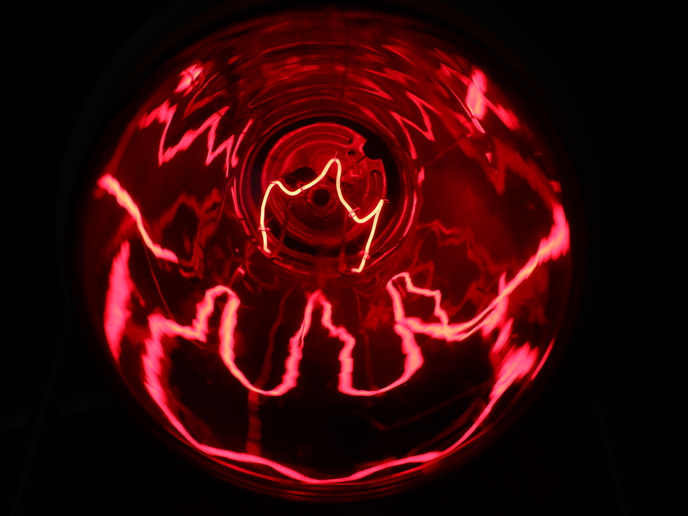New cooling method brings quantum chemistry experiments to the lab
One of the biggest challenges facing molecular science researchers is the observation of chemical reactions at low temperature. This amounts to recreating interstellar space-like conditions – where reactions take place at several Kelvin – and it is indeed essential to describing the processes taking place within a deep quantum regime. However, whilst the laser cooling of atoms has already revolutionised atomic physics, cooling molecules has proven to be a far more complicated task. To circumvent that problem, the QuCC project has been looking in history books. More specifically 50 years ago, when pioneer chemists Dudley Herschbach and Yuan T. Lee – both of whom received the Nobel prize in 1986 – devised a simple method for the cooling of any gas. “This cooling method is based on an adiabatic expansion of gas from high pressure to vacuum,” explains Dr Ed Narevicius, coordinator of the QuCC project on behalf of the Weizmann Institute of Science. But there was a glitch. During expansion, gas indeed cools to temperatures below 1K. But the gas ‘cloud’ also accelerates to very high velocities. As two such cold gas ‘clouds’ carrying reactants collide at very high relative velocities, their collision results in temperatures above 300K. “We have solved this problem by conducting our collisional experiment in the moving frame of reference,” says Dr Narevicius. “We have merged two clouds using a very high magnetic field gradient. This simple step allowed us to reduce the collision energy by a factor of 1 000 compared to earlier efforts. This allows us now to routinely perform experiments that unveil different aspects of matter-wave properties in molecular collisions.” Thanks to this breakthrough, the project team could demonstrate, experimentally, the elusive phenomena of quantum resonances in low energy reactive collisions. They found that, at low energies, particles that tunnel through a potential energy barrier may end up being ‘stuck’ next to, and orbiting, each other. “These peculiar states can be observed by measuring reaction rate probability as a function of collision energy. Whenever collision energy matched the resonance position, we could observe a very strong, in some cases 10-fold, enhancement in reactivity. Surprisingly, energy reactions that were strongly suppressed at sub-Kelvin temperatures proceeded as fast as they would at room temperature,” Dr Narevicius explains. Using these quantum resonances as highly sensitive probes of molecular interaction, Dr Narevicius and his team have discovered new effects that are particularly important to the most abundant molecule in the interstellar space: hydrogen. They notably demonstrated that molecular rotation structure plays a key role in interactions with other objects. Molecular hydrogen in the lowest rotational state behaves like a symmetric ‘ball’, whereas molecular hydrogen in excited rotational state takes a different shape and reacts at a different rate. The team also found a new isotope effect that may dramatically change the rates of reactions taking place through quantum effects at low collision energies. Now that the project has come to an end, the team plans to focus their future research on lowering temperature by another factor of 1 000. By doing so, they would reach the regime under which molecules have to follow either Bose or Fermi statistics. “This is a new frontier of molecular science, where many questions remain open and many possible applications are foreseen in the likes of chemical physics, quantum information and precision spectroscopy,” Dr Narevicius concludes.







